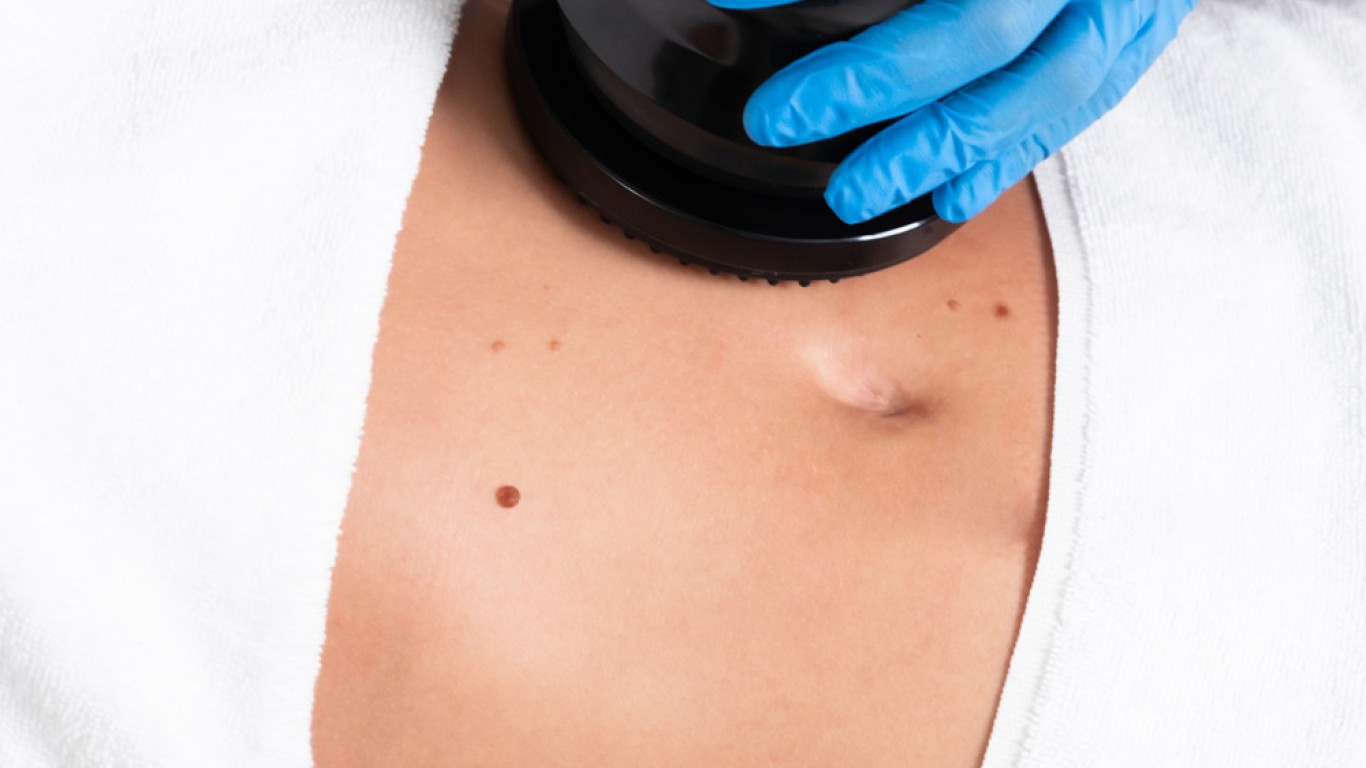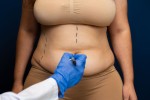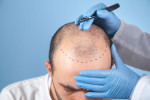Massive weight loss can significantly change the body’s structure. Although fat volume decreases, skin and connective tissue do not always retract fully. This often leaves loose folds, weakened support, and areas that require correction through structured treatment. Skin tightening after weight loss has become an important component of post-weight loss planning. This guide outlines the methods available in 2025 and how specialists assess tissue behaviour. Learn which options offer effective tightening when large areas of laxity are present.
Why Skin Does Not Fully Retract After Weight Loss
Skin stretches to accommodate increased weight. Over time, collagen fibres weaken and elastin becomes less responsive. Therefore, even after weight reduction, the skin may remain lax. Additionally, prolonged stretching reduces the skin’s recoil function, especially in the abdomen, thighs and chest.
Massive weight loss highlights these changes more clearly because the skin has experienced extended tension. Skin tightening after weight loss addresses these issues through surgical and non-surgical approaches. These are chosen according to depth and severity.
How Surgeons Evaluate Skin Laxity
Assessment begins with examining skin elasticity, thickness, and distribution. Surgeons also measure the degree of redundancy. They also check the extent to which tissue drapes over underlying structures. Additionally, they evaluate muscle behaviour, fat distribution, and ligament strength.
In 2025, AI imaging systems assist by mapping laxity patterns. They identify areas where tightening is structurally necessary. These assessments support safe and accurate planning.
Skin Tightening After Weight Loss: Surgical Methods
Surgical tightening remains the most reliable method for significant laxity. It involves removing excess skin and tightening deeper tissues for improved support.
- Abdominoplasty: Removes abdominal skin and repairs separated muscles.
- Extended Abdominoplasty: Addresses flanks and lateral thighs along with the abdomen.
- Arm Lift: Tightens upper arm skin through linear or curved incisions.
- Thigh Lift: Corrects inner or outer thigh laxity with vertical or horizontal incisions.
- Lower Body Lift: Treats the abdomen, buttocks, and thighs in a single circumferential procedure.
These methods form the foundation of skin tightening after weight loss for extensive changes.
Skin Tightening After Weight Loss: Non-Surgical Options
Non-surgical methods address mild to moderate laxity. These techniques stimulate collagen and improve skin firmness over time.
- Radiofrequency Tightening: Uses controlled energy to heat deeper layers and promote collagen production.
- Ultrasound-Based Tightening: Targets deeper connective tissue for improved structural support.
- Laser Tightening: Stimulates superficial and mid-depth collagen for gradual firmness.
Although these methods cannot remove skin, they remain useful for early laxity or post-surgery maintenance .

Skin Tightening After Weight Loss: Combining Skin Removal and Non-Surgical Tightening
Many patients benefit from a combination approach. After surgical removal of significant skin, non-surgical treatments help refine texture and maintain tightening. They improve elasticity in surrounding areas and support uniform contour.
This combined approach ensures that skin tightening after weight loss addresses both structural removal and long-term tissue behaviour.
Skin Tightening After Weight Loss: The Role of Liposuction
Liposuction supports tightening procedures by removing residual fat. It is not a tightening method alone, but it offers contour refinement. When used with skin removal procedures, it enhances shaping and reduces irregularity.
Modern liposuction devices in 2025 use vibration or ultrasound to improve accuracy. Surgeons often use these systems to prepare tissue for removal. Or, to smooth transitions between tightened and untreated areas.
Skin Tightening After Weight Loss: Incision Planning for Predictable Results
Incision placement matters because tightening requires secure closure and controlled tension. Surgeons plan incisions along natural lines to reduce visibility. They also consider how the skin will behave when repositioned.
Additionally, they use tension mapping tools to determine where internal sutures should be placed. These details contribute to stability during skin tightening after weight loss.
Conclusion
Skin tightening after weight loss combines surgical and non-surgical approaches to correct laxity. It improves support layers, and restores balanced contour across the body. Detailed assessment, advanced imaging and structured planning are used by specialists. This creates refined and stable outcomes. Whether used alone or in combination, tightening methods follow anatomical principles to ensure predictable shaping through safe, modern techniques.
For more information and to book a consultation visit the ACIBADEM Beauty Center Skin Tightening webpage.
Frequently Asked Questions
Common areas include the abdomen, arms, thighs, and chest.
No, they support mild laxity and help maintain surgical results.
Recovery depends on the area but often spans several weeks.
Some cases allow combination, while others require staging.
Yes, stable weight and proper care support lasting results.













